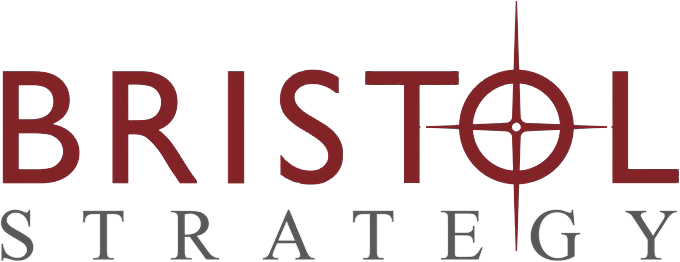While year-end fundraising in 2022 won’t be quite as dire as the pandemic-focused campaigns of the past couple years, it will still be a far cry from the campaigns your organization may have conducted in the past.
Between the pandemic and the uncertainty of the economy, your organization has to be ready for anything. One thing still holds true though: returning to the basics of successful year-end fundraising and fortifying your nonprofit’s foundation is key to a successful season.
This guide will cover tips for successful year-end giving in 2022, including:
- Study your past year-end fundraising campaigns.
- Consider the role of virtual and hybrid fundraising.
- Build a fortified foundation for your communications and outreach.
- Perfect your internal operations to support the effort.
Before you begin making adjustments to your plans for year-end fundraising in 2022, begin first by looking back to campaigns from years past.
Study your past year-end fundraising campaigns.
2020 was an unprecedented year-end fundraising season. In-person events moved to the virtual sphere; general economic hardship meant many donors had less to give financially. There was an increased need for nonprofit assistance.
In 2022, the world has mostly reopened, but the impacts of the COVID-19 pandemic continue to show up in new ways. When you’re assessing your fundraising strategy, it’s crucial to examine lessons learned from the past two years and incorporate them into your approach to future campaigns.
Retroactively examine your year-end campaign results from 2020 and 2021, looking at the year side-by-side with previous campaigns from 2019, 2018, 2017, etc. Using your year-end campaign goals, compile a list of questions to assess using this data. For example, you may ask yourself:
- Which days or weeks have been the most successful for soliciting donations?
- Regarding digital campaigns, which marketing outlets (website, social media, email, text messaging, etc.) solicit the highest response rate?
- Which segment of your audience contributed the highest number of individual donations?
- Which segment of your audiences contributed the highest amount per donation?
- What was your donor retention rate year over year?
- What was your average cost per dollar raised in each campaign?
Specifically, consider how these fundraiser and donor metrics compare between pre-COVID and post-COVID years. For example, compare your average cost per dollar raised in 2017, 2018, and 2019 to that of 2021.
This is useful because 2022 is somewhat of a hybrid of the two. You’ll have in-person and virtual events, supporters who are financially secure and others who are not, and so forth. You can make more accurate predictions for current fundraising campaigns by managing your expectations accordingly.
Consider the role of virtual and hybrid fundraising.
Although the world is slowly emerging from the throes of the COVID-19 pandemic, you shouldn’t revert back to a fully in-person fundraising calendar. That strategy is unlikely to work well for your organization because your supporters will have different levels of:
- Comfort when it comes to returning to in-person events. While some of your supporters may be eager to meet face-to-face, others may be hesitant to reunite with their peers as long as the pandemic is still present.
- Interest in returning to in-person events. Some of your supporters may have enjoyed the switch to virtual events and have little interest in leaving their homes to donate ever again.
The world isn’t going to return to a pre-COVID atmosphere, so your fundraising efforts shouldn’t either. Consider instead offering a variety of fundraising opportunities to appeal to supporters across the spectrum, such as:
- Safely distanced in-person events, like galas, that are also livestreamed for an online audience.
- In-person fitness-based peer-to-peer fundraisers alongside virtual, fitness-based Facebook Challenges.
- Physically mailed donation appeals and online donation buttons.
Don’t focus on one single fundraising opportunity or outlet, such as principally using social media or in-person events. While that may have worked for you in the past, your supporters’ engagement preferences have likely drastically changed over the past year and a half. Use a mix of tactics and and consider hosting more hybrid events to reach the widest audience possible.
Build a fortified foundation for your communications and outreach.
The year-end fundraising season involves a significantly greater level of outreach than your nonprofit would send at any other point in the year. Because you’re sending more pieces of direct mail, email newsletters, targeted ads on Google and social media networks, and phone calls, you can trust that each of your supporters is encountering messages about your nonprofit on a greater scale in the day-to-day.
If your messaging isn’t ironclad across these marketing channels, you risk creating a confusing, untrustworthy, and muddled experience for supporters who may have given to your year-end campaign otherwise.
Consider the following tips to elevate your multichannel marketing messaging:
- Begin with writing your story. Focus this story around the mission that inspired your year-end campaign and what you hope to accomplish with the funds raised. Begin by mapping out the basic arc of your story, introducing a compelling character (such as a constituent that will be helped by year-end funding) and the conflict or challenge that you’re hoping to solve. Then, discuss how the funds raised will resolve conflict, and invite your supporters to give toward that solution. Explore DNL OmniMedia’s full guide to nonprofit storytelling to see how you can write the story of your year-end campaign and incorporate it throughout your marketing strategy.
- Create nonprofit branding guidelines. Include key messaging, logo families, and color schemes in your nonprofit branding guidelines and distribute them across your team. Then, when various teams are creating outreach materials— whether digital or physical— they’ll be able to maintain cohesive branding with ease.
- Improve your website’s landing pages. Your various marketing efforts will direct supporters to your nonprofit’s website, so you must optimize your landing page design for conversion. Limit the number of fields in any donation or sign-up forms, make all important information visible “above the fold” or without scrolling, and include suggested donation amounts to encourage supporters to increase their gifts.
Beyond improving your messaging itself, consider the audience that you’re sending this messaging to. Don’t send every single message to your audience en masse— not every message is relevant for every supporter. Instead, separate donors in your nonprofit’s database into groups based on shared characteristics, a practice also known as donor segmentation. This allows you to send only relevant messages to each segment.
Perfect your internal operations to support the effort.
Lastly, recognize that because year-end fundraising is the most intensive fundraising effort that your organization will undertake for the year, it will also be a significant load for your internal operations to support. Specifically, your team and technology solutions need to be well-prepared for increased engagement.
Ensure each team involved in your year-end campaign is aware of its specific role and duties in the effort, as well as any deadlines and benchmarks along the way. Consider creating a calendar and sharing it across your organization so all teams remain in sync.
Further, consider bringing in additional outside support. For instance, there are plenty of nonprofit consulting firms available to support your campaign’s main facets, including technology, marketing, and even overall fundraising.
A consulting partner can act as an additional team member, increasing the capacity of your team. They can help you optimize your plans for the year-end and ensure your technology solutions are up to par. Review DNL OmniMedia’s comprehensive guide to nonprofit consulting firms to explore the many types of consultants that you can partner with.
Then, to ensure your technology is ready to support your year-end campaign, you should:
- Conduct a database audit and implement data hygiene efforts. The audit will give you insight into areas where your data is flawed, whether duplicate, incomplete, or inaccurate records. Alleviate these errors and create data input standardization rules to prevent these mistakes from occurring going forward.
- Invest in new software solutions. Consider technology that can elevate your year-end efforts, whether new virtual and hybrid event technologies or matching gift software. When purchasing new software, specifically seek solutions that will integrate seamlessly with your current solutions so there is a clean transfer of data across the technologies. If you partner with a nonprofit technology consultant, they can assist you with choosing the right solutions.
Fortifying your team and technology will ensure you’re prepared for the intensive effort required for a successful year-end campaign.
Year-end fundraising in 2022 looks quite different from previous years. While there has been some return to normalcy, it will be far from the pre-pandemic campaigns that you’re familiar with.
With these strategies, you’ll be able to adjust for 2022 and set your nonprofit up for success in the years to follow.


